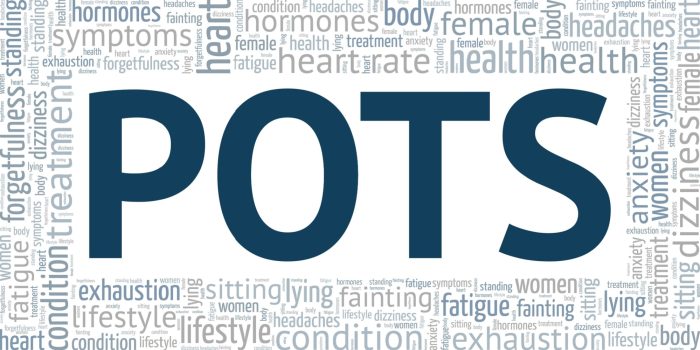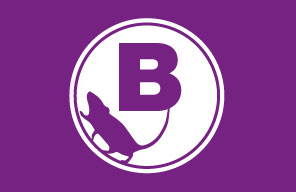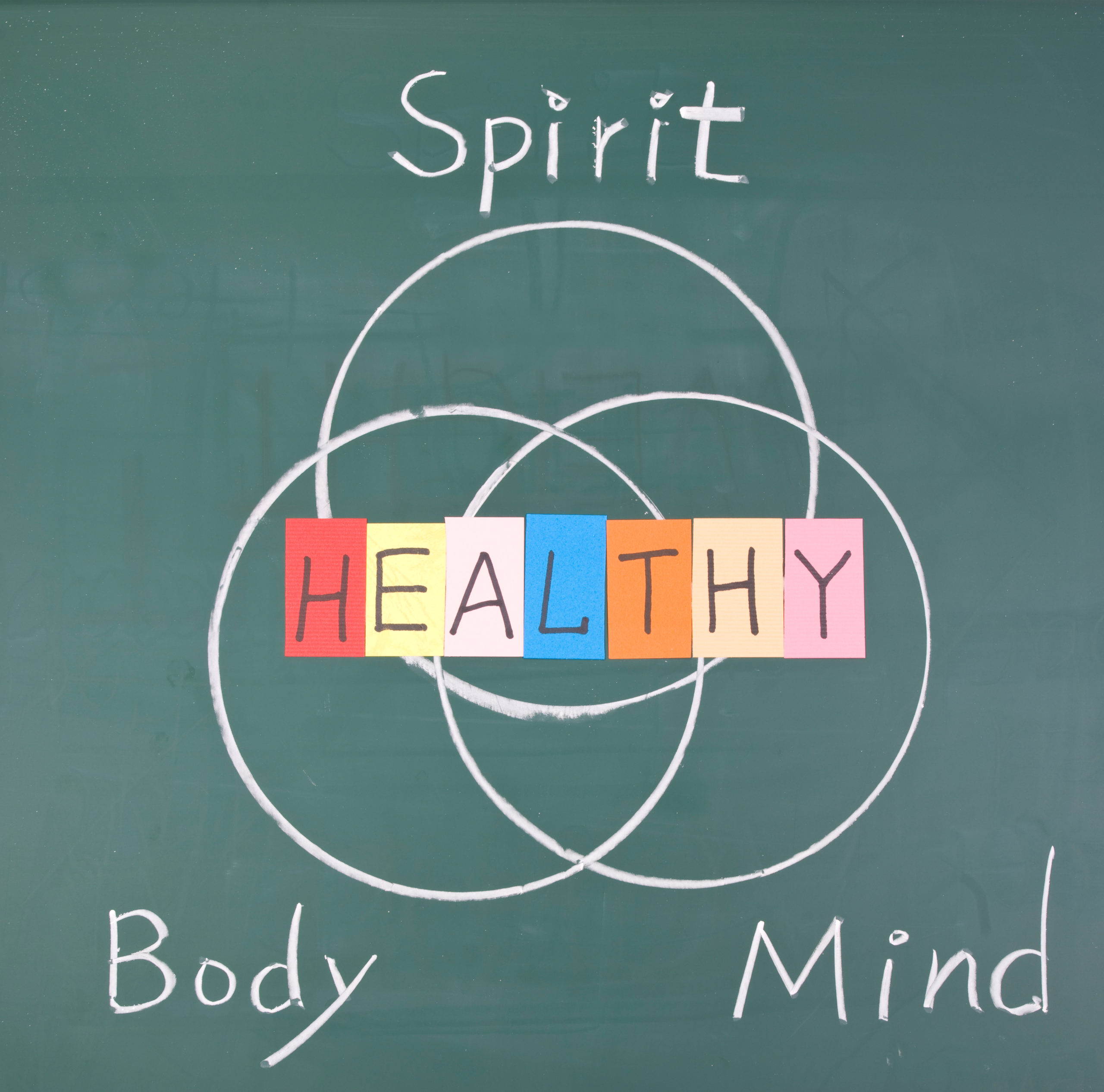
Postural tachycardia syndrome (POTS) and the Levine Protocol
September 6th, 2024Postural tachycardia syndrome (POTS) is a type of dysautonomia. It is also known as orthostatic intolerance, a complex disorder of the autonomic nervous system which affects heart rate and blood vessel dilation. A person with POTS can take three times more energy to stand up or do minor movements such as eating. Studies have shown that exercise programs such as the Levine Protocol can reduce or eliminate stressful symptoms.
POTS is a chronic illness leaving a person struggling to adjust to gravity
POTS is an invisible illness that can vary from person to person and be experienced at different levels. Some people find standing difficult for longer than 30 seconds, and others don’t experience symptoms until 15-20 minutes after standing.
The syndrome is a dysfunction of the nervous system which controls many autonomic physiological functions including blood pressure, heart rate, blood vessel and pupil diameter and the movements of the digestive system. It is a chronic illness leaving a person struggling to adjust to gravity, fighting hard every day to survive.
The symptoms are physically and mentally draining, a person can experience them for a period of their lifetime or long term
Symptoms normally happen when a person is upright and are mostly relieved when lying down again. They are worsened by excessive heat, eating, speed-changing position, dehydration, time of day, menstrual cycle, alcohol, and tiredness. A sufferer can experience increased heart rate, blood pooling and blood vessel dilation. There can be lightheadedness, palpitations, fainting, shortness of breath, chest pains or fatigue. There can be a change in body temperature, sweating, headaches, brain fog, tremors and visual issues. It can also result in gut and bladder problems and extreme abdominal pain. The symptoms are physically and mentally draining, a person can experience them for a period of their lifetime or long term.
POTS can be difficult to diagnose
It is difficult to diagnose POTS and medical students and doctors generally don’t have a lot of knowledge about the disorder. It can resemble many other ailments and be a secondary disorder to an illness, condition or disease. Testing normally includes blood pressure monitoring, an ECG, pulse monitoring and oxygenation assessment. Medical experts look at oxygen volume intake and lung expansion.
Who is most likely to develop POTS, what causes it and what can be done to treat it?
The disorder is most common in young females aged between 15 – 25. Causes can be the result of a viral infection, pregnancy, trauma, surgery, Lymes disease, COVID-19 or an accident. Medication can be taken to control POTS including midodrine, propranolol, Ivabradine, clonidine pyridostigmine or beta blockers. Studies have shown that exercise programs such as the Levine Protocol can reduce or eliminate POTS symptoms.
The Levine Protocol
One of the best things to help manage the symptoms of POTS is exercise. However, it’s the last thing on a patient’s mind when chronic fatigue and heaviness in the legs make the person feel like exercising is an impossible task.
There is a specific exercise program designed for people with POTS. The key thing to exercising with the illness is to start slowly, pace yourself and gradually build up the intensity.
How does exercise help patients with POTS?
- POTS patients have low blood volume – exercise increases blood volume
- Sufferers tend to experience anxiety and adrenaline surges – exercise burns off excessive amounts of adrenaline
- Exercise prevents body deconditioning which is a common problem for people with POTS
- Exercise increases muscle mass in the heart and improves heart stroke volume lowering the resting heart rate and improving the ability to tolerate higher-intensity exercise
The Levine Protocol was designed by cardiologist Benjamin Levine at the Institute for Exercise and Environmental Medicine in Dallas. It is a progressive exercise program specifically for POTS patients. It is an exercise-based physical therapy regime to lessen the condition’s symptoms.
The program includes:
- Tilt table testing
Patients undergo a tilt test to measure their starting performance
- A tailored exercise program
Patients start with recumbent exercises like swimming, rowing and cycling. Progressing to upright motion
- Salt and water loading
This is where patients increase their salt and water intake throughout the day
- Home programs
Patients perform conditioning exercises at home twice a day for up to 30 minutes for each session
- Follow-up tilt table test
This is done to see what progress has been made
In a previous study, Dr. Levine discovered that 52% of the patients who completed his 3-month exercise conditioning study no longer had POTS. All other patients found that exercise helped reduce the symptoms.
To help cope with the symptoms of POTS, we recommend that you take our Vitamin D3 supplement. The natural product is a high version of Vitamin D.
References
- https://www.ncbi.nlm.nih.gov/books/NBK541074/
- https://www.potsuk.org/about-pots/what-is-pots/
- https://www.google.com/search?q=is+postural+orthostatic+tachycardia+syndrome+a+disease+or+sydrome&rlz=1CAXGJJ_enGB1039&oq=is+postural+orthostatic+tachycardia+syndrome+a+disease+or+sydrome&gs_lcrp=EgZjaHJvbWUyBggAEEUYOTIGCAEQRRhAMgYIAhBFGEAyBggDEEUYQNIBCTEwNjYzajBqNKgCALACAQ&sourceid=chrome&ie=UTF-8
- https://chronicallysalty.com/2019/03/06/the-levine-protocol-what-it-is-and-how-it-helps-pots/






